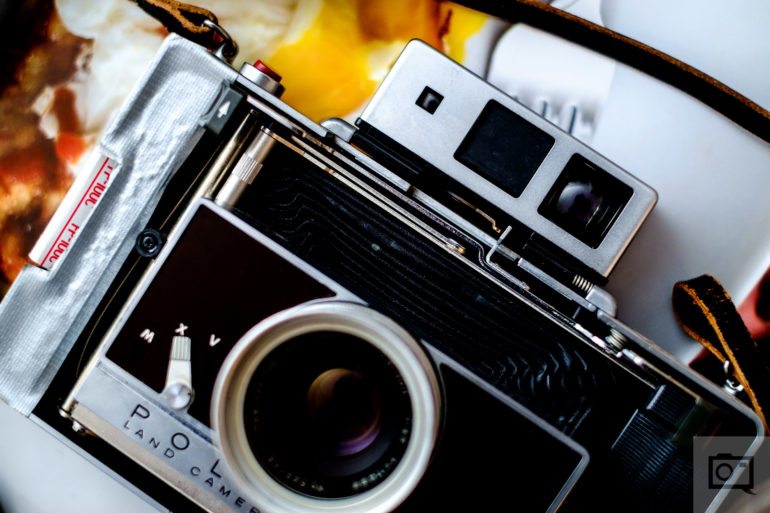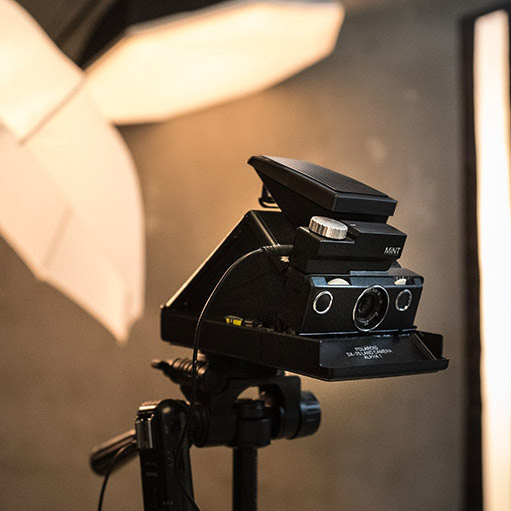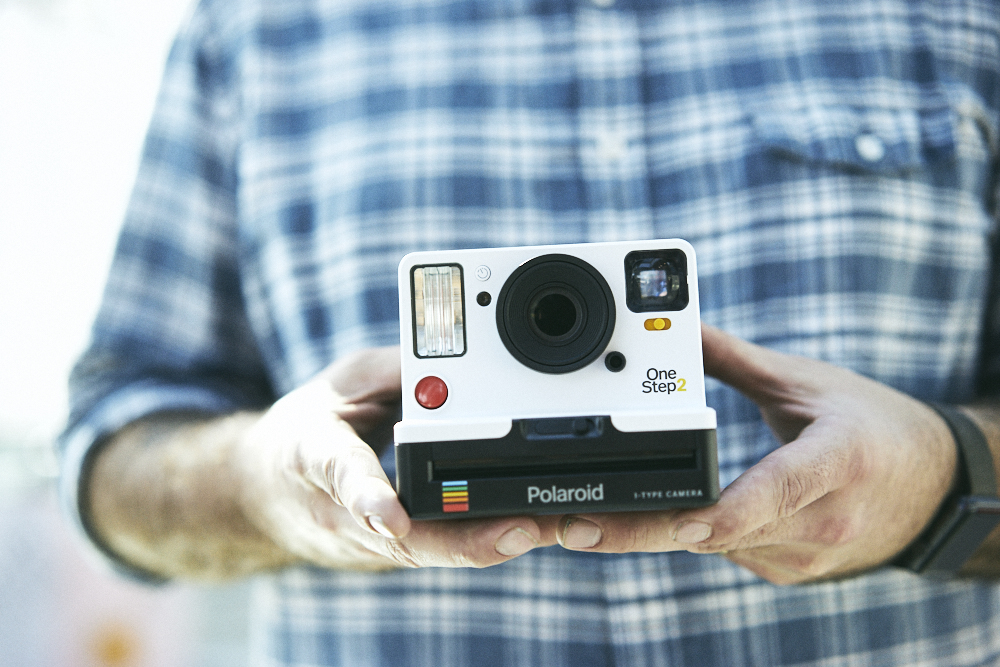There’s a lot to know about buying the best Polaroid camera. First off, did you know that more than one brand makes them? And did you also know that more than one brand makes the film? Polaroid is both a brand and our common vernacular for instant film prints. So if you’re greener to photography, it can be confusing. Here’s everything you need to know about choosing the best Polaroid camera for you.
Before we go on, know that as a matter of ethics, the Phoblographer stopped working with Polaroid years ago because of their partaking in the Unsplash awards. Unsplash works to trick photographers into giving away high-quality images for free; it’s probably one of the things that has led to the massive problem involving AI imagery right now.
Ethically speaking, we can’t work with a brand that actively tries to undermine the photographers that we produce articles for. That should be full stop right there. But keep reading, as there surely is a more ethical option in the form of Fujifilm Instax. You can call it the best Polaroid camera; but in this case, a Polaroid is just our vernacular for an instant film print.
Vintage or Brand New? What’s the Best Polaroid Camera?
Chances are that if you’re going for a vintage Polaroid camera that it might not work. Your best chance is to go for an SX70-style camera. There are cool cameras like the Polaroid 100 series, but the film for that camera isn’t really in production anymore. And the stuff that is isn’t all that great.

The best Polaroid Camera in the SX-70 series is probably the available options from Mint Camera. Go for stuff like the SLR670. Sure, there are other brands that do it to, but Mint is typically the most reliable.
Here’s the checklist of questions to ask yourself generally about buying vintage cameras that we wrote about a while back:
- How is the take-up spool? Does it feel weak?
- How is the viewfinder? Is it clean?
- How is the film-loading area? Can you imagine how film would go through it?
- Does it need a battery? Are you sure? Are you really, really sure? Fun fact: a lot of Polaroid cameras need a battery.
- Is the battery compartment in good, working condition? Or is it corroded because someone left a battery in there for years?
- Take the lens off if you can. How does it look inside?
- How is the shutter?
- Does it work at various shutter speeds?
- Is the aperture working?
- How is the light meter? If it’s not working, how easy is it to fix? How expensive is the repair job?

Instax or Polaroid Camera?
Instax and Polaroid are totally different things: one is from Polaroid, and the other is from Fujifilm Instax. Instax is made by Fujifilm, and so while it’s instant film, it’s not Polaroid. But it’s also objectively better in nearly every single way. In fact, I’d say it’s closer to the stuff that the old timers used.
Polaroid uses a type of film that has some odd marketing. Sometimes the film comes out bad, and they just find a way to put a new spin on it. If you like that stuff, then go spend your money on it. But generally speaking, we don’t do it.
Polaroids and Instax have darkroom chemistry in them. When your camera takes a photo, it exposes the scene onto a film plane. That piece of film comes out with a natural photo frame in the form of the border on the Instax exposure. With the more common images there are a couple of parts: the pod (which contains the chemicals) and the imaging area. This imagine area is really what you care about. With Polaroids, you can take the imaging area out after the photo has been exposed and use it for something like a Polaroid press. But with Instax, you can’t do that: it’s complicated.
How do Polaroids work?
You Don’t Have to Shake it Anymore
That’s right, you don’t need to shake a Polaroid anymore. Years ago it was essential but it’s useless now. When the image comes out, just put it in your pocket. All a Polaroid or Instant film print needs these days is warm temperature.
HP Zink isn’t real film. In fact, it’s just paper with the ink built-in. It’s not much different from simply just printing a photo. Unfortunately, lots of Zink cameras and marketing look like Polaroids. But that’s only because of a special digital filter. I’d even sometimes go as far as saying that it’s false or misleading advertising at times.
Comparing Instant Film
How Not to Waste Film
The other day in a bar, someone complained to me about how expensive Polaroid film is these days. Specifically, they cited that if that were all they could spend every month for fun that it would be a lot of money. I then had to explain to this person how to really make the most of Polaroid film. For that, I stated the advice we wrote about a while back.
Personally speaking, no, the current Polaroid film will not ever look like the original stuff in my opinion. I’ve got photos of me from McDonald’s when I was super young (I’m almost 35 when writing this). It hasn’t faded a bit. And then I look in my desk drawer of Impossible Project and Polaroid originals film that I shot in the past few years. Some of it has faded. Some had problems with air bubbles. It’s not going to be the same. And further, environmental concerns might keep it that way.
Why is modern Polaroid Film Nowhere as Good as the Old Stuff?
If you’re shooting Polaroids, then you have to take on the mentality that our parents and grandparents took on with cameras. You have to dress up and only capture the most special moments. Don’t waste the shots on whatever you want. The photos need effort and they have to be of incredibly important moments.
Now ask yourself: how many incredibly important moments happen to you every month that you’ll want to see prints of when you’re in your 60s? Consider that for when you’re buying film for your Polaroid camera.


